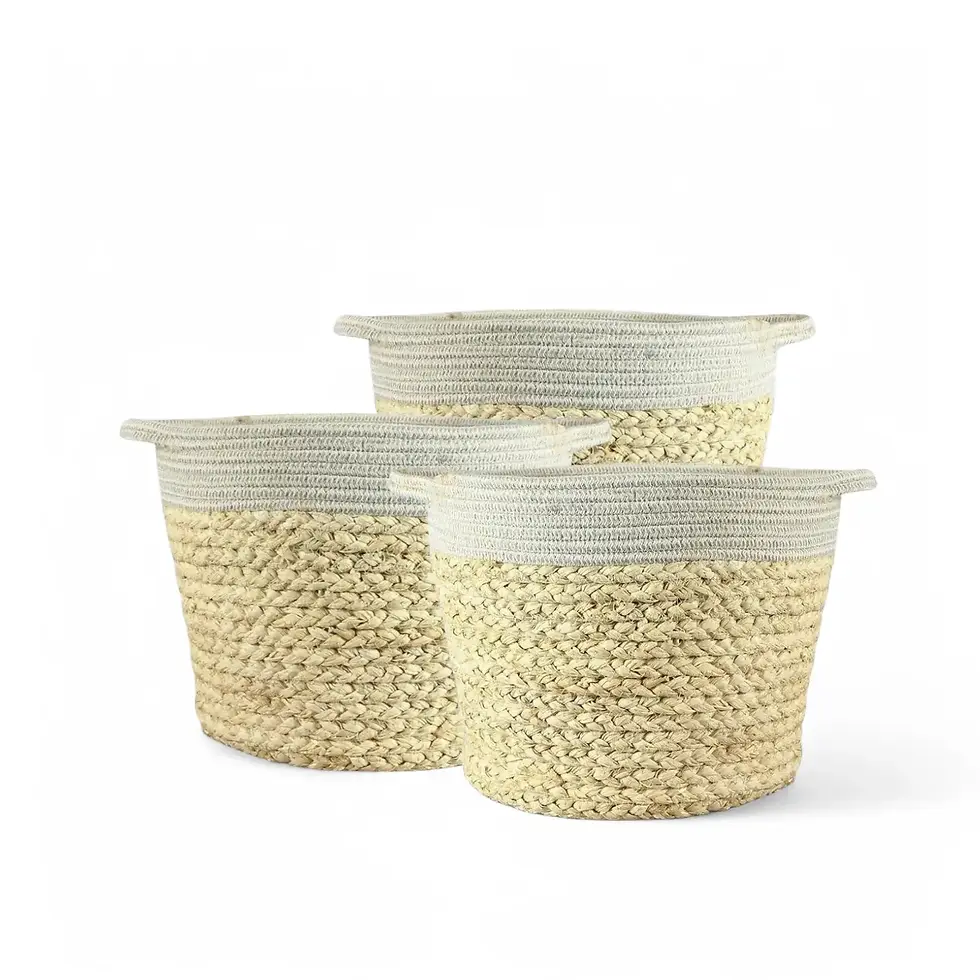Alocasia macrorrhizos 'Stingray' - Information and Plant Care
Alocasia macrorrhizos 'Stingray' stands out with its unique, stingray-like leaves that curl at the tips, giving it an exotic, sculptural look. Native to Southeast Asia, it adds a tropical statement to any space.
Key Features of Alocasia macrorrhizos 'Stingray'
- Distinctive Stingray-Shaped Leaves: Glossy, wing-like foliage that curls into a tip.
- Architectural Presence: A bold, upright growth pattern ideal for indoor displays.
- Versatile Placement: Thrives in bright, indirect light indoors or shaded outdoor areas.
Care Guide for Alocasia macrorrhizos 'Stingray'
- Light: Prefers bright, indirect light. Avoid harsh direct sun.
- Watering: Keep soil consistently moist but not soggy. Water when the top 2-3 cm feels dry.
- Humidity: Requires 60-80% humidity. Use a humidifier or group with other plants.
- Temperature: Best between 18-27°C. Protect from cold drafts and extreme temperatures.
- Soil: Use a well-draining mix with coco coir, perlite, and bark.
- Fertilizing: Feed every 4-6 weeks during the growing season with a diluted, balanced fertilizer.
- Repotting: Prefers being slightly root-bound. Repot every 1-2 years in spring or early summer.
Common Issues with Alocasia macrorrhizos 'Stingray' and Easy Solutions
- Yellowing Leaves: Caused by overwatering, underwatering, or low light.
- Drooping Leaves: Indicates inconsistent watering, low light, or cold stress.
- Pests: Watch for spider mites, thrips, aphids, and mealybugs. Treat with neem oil or insecticidal soap.
- Brown Leaf Edges: A sign of low humidity. Increase moisture levels.
Propagation Tips for Alocasia macrorrhizos 'Stingray'
- By Division: Separate offshoots with corms and plant them in well-draining soil.
- By Corms: Submerge partially in water until roots develop, then transfer to soil.
Alocasia macrorrhizos 'Stingray' - Additional Care Tips
- Leaf Care: Wipe leaves with a damp cloth to remove dust and enhance photosynthesis.
- Pruning: Remove old or damaged leaves to maintain plant health.
- Air Circulation: Good airflow prevents fungal issues. A small fan helps.
- Toxicity: Contains calcium oxalate crystals keep away from pets and children.
Etymology and Origin
The species name macrorrhizos derives from Greek “makros” (large) and “rhiza” (root), referring to its prominent rhizomes. The cultivar name 'Stingray' perfectly describes its leaf shape, resembling a stingray gliding through water.
Alocasia macrorrhizos 'Stingray' FAQs
- How often should I water Alocasia macrorrhizos 'Stingray'? Water when the top 2-3 cm of soil is dry. Keep it moist but not waterlogged.
- Why are the leaves of Alocasia macrorrhizos 'Stingray'turning yellow? Likely due to overwatering, underwatering, or insufficient light.
- Can I grow Alocasia 'Stingray' outdoors? Yes, in shaded areas with warm temperatures and high humidity.
Order Alocasia macrorrhizos 'Stingray' Today!
Add this unique, tropical beauty to your home. Shop now to transform your space with its stunning, sculptural foliage!
Alocasia macrorrhizos 'Stingray'
4+ Aroids = 15% off
Alocasia macrorrhizos 'Stingray' is approximately 25 cm tall and comes in a ⌀ 12 cm pot

























































